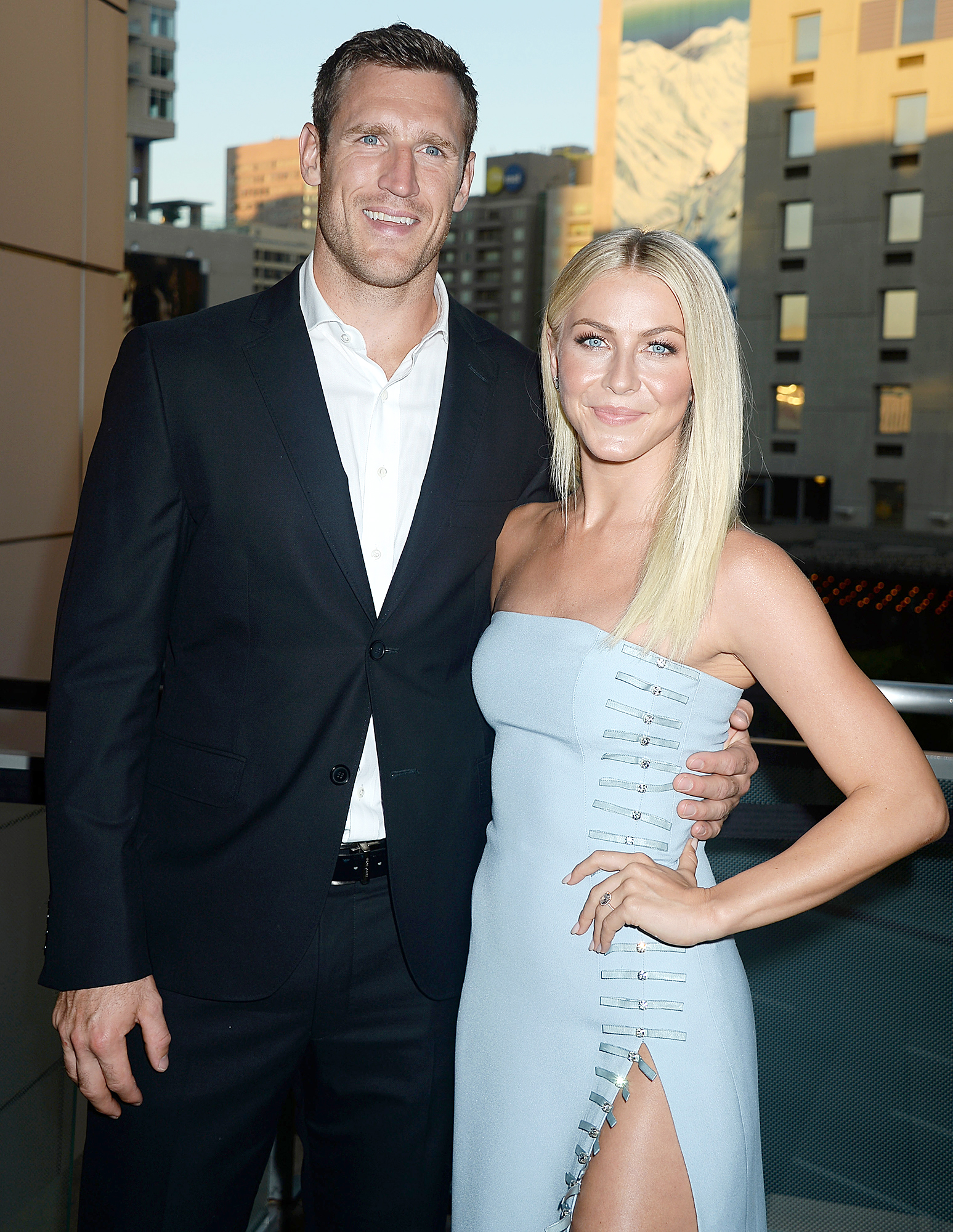Still waiting on Israel to let us come home. Maybe heading to the home of Maimonadies will sooth our souls I have always believed my family has Jewish roots from Spain, Mexico, and Indian ties also. My youngest daughter, had cancer 3 times in 9 years, ovarian and breast cancer, and we have no answers for her. She is scarred, physically and emotionally. She used to believe in God but no longer.
Is now an agnostic, and is a very hurt and bitter young mother now. As much as this article hurts me to read it, it helps me to understand maybe why it happened Thank you for your research. Would you please remember her in your prayers. Born and raised Jewish in NY but felt a powerful attraction to the west growing up and wound up on foot on the Sichangu reservation in June I established a connection there and came back over 20 years later to participate in Wiwangwacipi and continue to do so Our form of government was abolished, our social systems were broken, we were not allowed to speak our own language, practice our culture or own any land.
My people have also suffered from a holocaust, we have suffered through genocide, oppression, colonialism and assimilation. Today my people are a landless people, the reservations we have been confined to are owned by the federal government. I had not realized any of this, but it makes me proud, again, of being Jewish.
- full hook up campsites in Thompson Canada!
- speed dating central Rosemere Canada.
- Red-Letter Days.
I have always sided with Native Americans against overwhelming odds. Little did I know the feeling is mutual! This article rocks. Of course, being a history teacher- I guess I am biased. I would like to get more historical info so that I can possibly work it into my lesson plans. Awesome article Dr. For the record, Julius Meyer was murdered.

It was NOT a suicide. I love this article so much and because I lived among Native American Navajo for a few years, I know they refer to themselves as Ashkanazi. So do the Hopi, the Apache, the Sioux. I believe the Native Americans are the lost Tribe of Judea? Oh, Yes! Fabulous people, men, women and children. I loved just about every one I met.
Julianne Hough and Brooks Laich’s Relationship Timeline
So very glad that Israel is teaming up with them in Business Enterprises. The Navajo gave me a Sioux name. Hopi's gave me a Hopi name that is similar. It's noted that we should not eat a mamel that has a duck bill and scaled tail and two spines of poison on the hind legs - way before Columbus had discovered the Americas, what makes this more interesting is that this animal had not yet been discovered in the Middle East or Europe. Only years after Columbus did this platypus be noted and recoreeded. We're Jews hear before?? Nice article. I am of the belief that the Aztecs were Jews, perhaps one of the tribes that went East, across Russia, across the Bering Straits and down to South America.
Why do I say that? Who in the right mind would do that if not for religious reasons? I don't know all the details since I didn't know my husband nor his mother z"l at the time. But, my husband's mother an Orthodox Jew spent two years as retiree, traveling in a camper to the Navajo reservation in area of northern part of Arizona where she volunteered as an RN in their clinics in mid s. She was already fluent in Yiddish, English, Hebrew, and I believe a few other languages. She was a vegetarian and with her camper, she was able to keep kosher as well as dress modestly while on the Navajo reservation.
I only wish I could have known her. Sadly a few years after her volunteering, she developed Alzheimer's. Anonymous , February 26, PM. I was startled when I heard Mel Brooks suddenly call out in Yiddish. So out of context, but great From the German, "Lass sie gehen". There are lots of times and lots of stories making it seem like everyone in the whole world is Jewish or related.
But it's very nature-oriented and strongly resembles the early attempts by Jews to be animists and "worship" God's servants as such. Even into the 19th century but more so in the 18th, land sales by the NAs were made by a "day's walk" or some other time period, with the important point being it was the amount of land that was acquired by walking its perimeter.
As in, 'Avraham, get up and walk this land along its length and breadth for I will give it to your offspring. I'm sure there are those who can fill in the details of the verses and texts cited, as well as the history regarding the Exile of the Ten Tribes and the nullification of idol-worship done by the Tannaim, but you get the idea.
Looking for First Nations love: Indigenous dating life 'complex'
So let's welcome our long-lost brothers as such and smile and move on. Thanks for letting me ramble. Very interesting article, I was really enjoying it. What a pleasant surprise. Your email address is kept private. Our editor needs it in case we have a question about your comment. Current Issues. Teaching Our Kids to be Happy. Dating Makeover for the New Year. The Oldest Love Affair in History. Why I Learn Torah Daily.
Sukkot, Corona, and the Secret to Joy. Torah Portion. Kabbalistic Secrets of Sukkot. Sukkot: Living Under the Stars. Holding onto Joy: Celebrating Simchat Torah. Sukkot and Corona: Three Major Messages. Sukkot: Finding Joy in a Tumultuous World. What is Sukkot? The next period, the time of Early Specialized Hunters, refers to our earliest well-documented inhabitants, known in the literature as the "Clovis and Folsom cultures.
Both are viewed as specialized hunters, not so much for what they hunted but for manner in which they hunted. For example, Clovis groups hunted mammoths as well as a variety of other game, whereas Folsom people specialized in hunting giant, now-extinct bison Bison antiquus. Stalking and killing mammoth or giant bison, large and potentially dangerous game, was not a capricious activity; it required complex knowledge and strategy far beyond that needed for hunting deer or other modern game with perhaps the exception of bison.
Both societies used well-designed, chipped-stone tools. Their spear points, in particular, reflect special craftsmanship. Other weapons, tools, and possibly ornaments were made of ivory, bone, and wood. Because hunting received emphasis, Clovis and Folsom technology might not have been as expansive as that of later peoples. The Early Specialized Hunters were nomadic groups who moved from one favorable location to another in search of game and perhaps edible plants.
In Folsom's case, movements were very likely dictated by bison herds' distribution and migration. Although these groups are generally thought to have lacked complex social or political organization, some individuals perhaps elders must have provided information necessary for decisions about when and where to relocate, who would participate in the hunt, and how to meet basic group needs.
Evidence for Early Specialized Hunters is sparse and is widely distributed across Oklahoma. While artifacts of Clovis people occur throughout the state, Folsom materials are restricted to the southern plains or the western part of the state. Because a great deal of time has passed, few finds occur in a stable context; they typically appear on eroded surfaces or are washed into river beds.

Two Folsom sites are present in Harper County in northwest Oklahoma. The Cooper and Waugh locales respectively represent a bison kill and a possible camp.
Brooks, Canada
After some fifty years of searching for sites of specialized hunters, archaeologists have discovered these four places and few other locations. Some 10, years ago the environment of eastern Oklahoma was much like that of today, and prehistoric peoples' ways of life differed considerably from those of their bison-hunting Folsom neighbors to the west. Like Folsom and Clovis, much of the evidence of their presence comes from surface material. However, evidence from the Packard site in Mayes County, the Quince site in Atoka County, and Billy Ross site in Haskell County point to greater use of local lithic stone resources, suggesting reduced mobility and a greater range of tools, including those for plant processing.
Between approximately 9, and 4, years ago various Native peoples termed Hunters and Collectors occupied Oklahoma. Hunters and Gatherers and Late Mobile Foragers are among the designations cataloguing these peoples in past literature. Following trends that began with Dalton culture, hunting of game continued, but emphasis began to shift toward collecting edible plants. Although the Hunters and Collectors remained quite mobile, they were probably less so than the more specialized hunters that had lived at the end of the ice age.
Existing in an environment much like that of our time, Hunters and Collectors moved their settlements from one seasonally available set of resources to another during the year. Diversified resource use contributed to a more expansive inventory of weaponry and tools, especially tools related to plant procurement. Group size was probably quite fluid, the size of the group dictated by resource availability as well as by tasks at hand. However, this "mapping on" to seasonal availability of food resources also required greater group coordination and undoubtedly led to increasing concentration of decision-making authority in the hands of some individuals.
This era also presents the first available evidence for concepts of an afterlife, represented by planned burial and special treatment of deceased group members. Ironically, the best evidence for people living during this time in Oklahoma's past also occurs during the period of greatest climatic hardship, the Altithermal. Calf Creek people subsisted during the height of an extremely arid and seasonally warm time circa 5, years ago.
Their presence across Oklahoma at this time is well documented despite harsh environmental conditions. They used large spear points, made with craftsmanship reminiscent of Folsom hunters, as well as a tool kit geared to hunting plains-adapted animals such as bison and antelope.